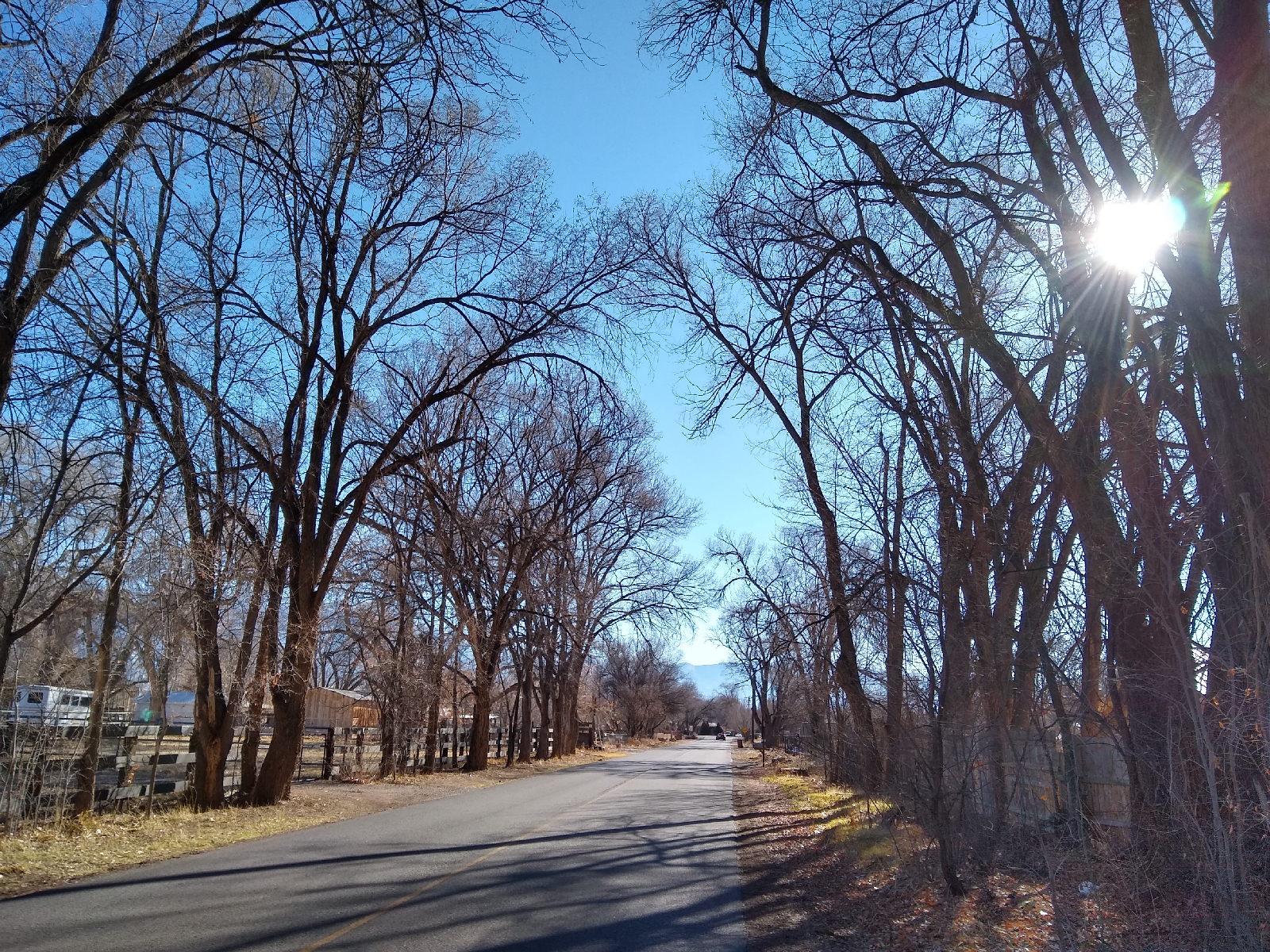this coopers hawk is warming itself in the sun. You can tell because the feathers are all ruffled and spread open to let the sun's rays onto the skin. Check out that awesome long claw on the branch. Those talons spread wide like a net to catch small fast moving prey. Birds actually do not have much time to get everything done they need to do. Time spent foraging is time they cannot spend defending territory and finding mates. As Spring advances (phenology) the ratio becomes reversed as food becomes easy to find and territory becomes harder to defend.
I think this is a house finch. Some of the perching birds are beginning nest season early. The coopers hawks are out in great numbers in readiness for the unwary. Usually the great horned owl is the first to nest in February, but things are different in warm dry winters, which is a all of them now.This towhee was downing Olives like there was no tomorrow. It needs the oils and terpenes from the fruit to get into bredding condition. The fruit's stones will be pooped out all over the bosque and can then continue their relentless advance against the mature cottonwood stands.I hate photographing birds, they just don't hold still at high magnifications. So I think this is a junco, or a flycatcher maybe. (Update, this is a chickadee). Either way, it is chowing down on tree buds (elm, I think).
Some neighbourhoods are much quieter than others. Those big yards with little traffic are more likely to have signs of porcupine like this on the roadways outside.
Porcupines are likely not appreciated in this apple orchard. Not the red branches with buds forming. This example has a beautiful wild growth fence that likely takes some serious work to maintain over the summer. However, farmland is being relentlessly replaced with urban houses. Many of the more affluent houses have walls instead of fences, this creates a tunnel effect where some animals benefit and others are trapped.This road is in a more farmland area around middle ditch. The trees give shade and the dilapidated fences allow many areas for animals to pass through. This is easy to see right after a snowfall where the drama of coyotes, ravens and rabbits are written in the snow.Coyotes are often confused and disoriented where there are block walls or "coyote fencing". There are no places to hide, which makes them easy to see. This picture shows a (admittedly well made) wall; good to block traffic noise, but awful as a habitat for wildlife. This time of year many mammals are spreading out their territories and looking for mates.
Obviously this also means many animals will die on our roads and become food for other animals (raven and coyotes are niche roadkill scavengers and thrive where ever roads are found). The deaths of squirrel, rabbit, birds, skunk and raccoon is crazy over the next few months. In the summer the toll becomes crazy as amphibians and reptiles are added to the pile. And this example is a quiet, short road with little traffic!
(This rabbit carcass was carried off within 1 hour of me finding it.)









No comments:
Post a Comment